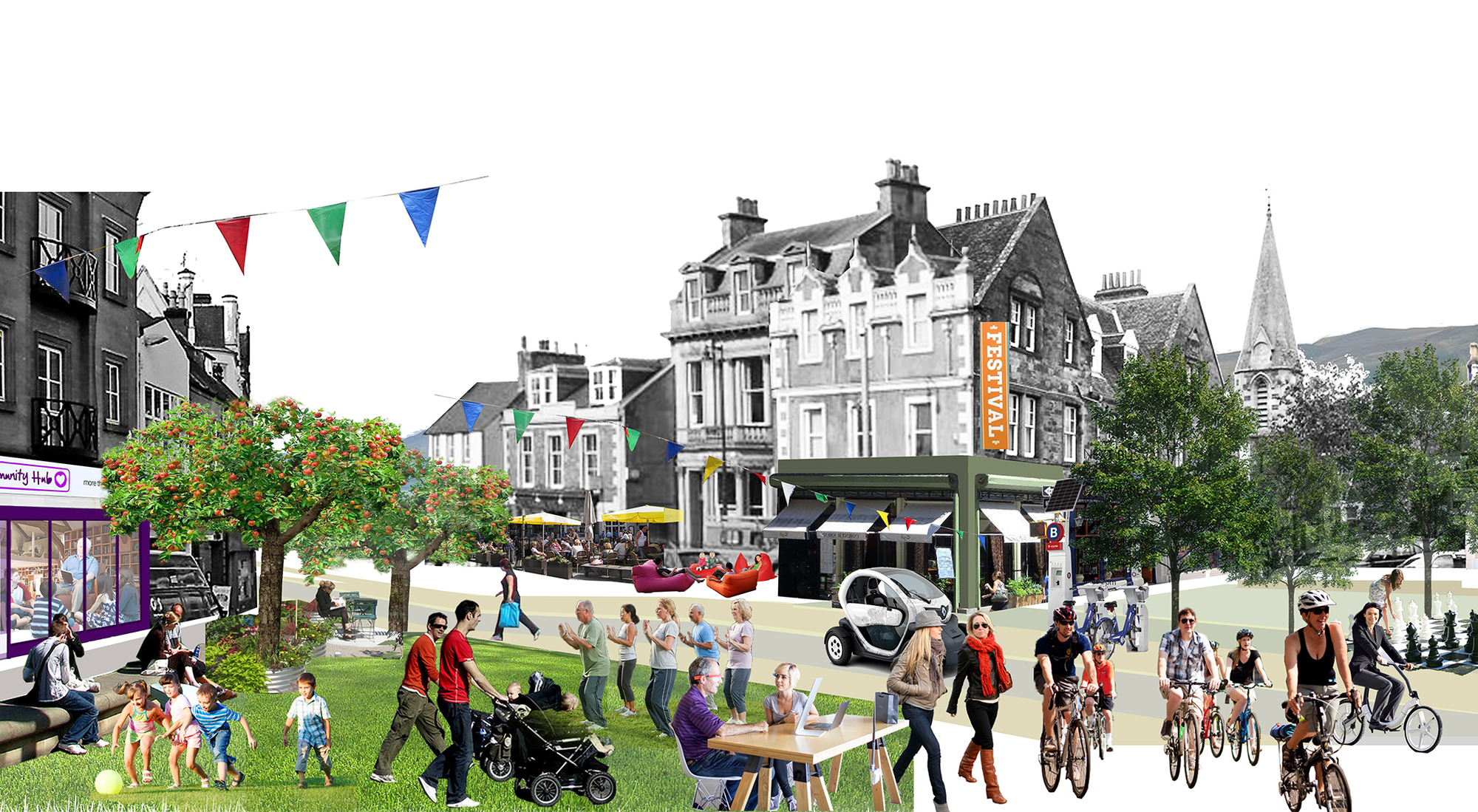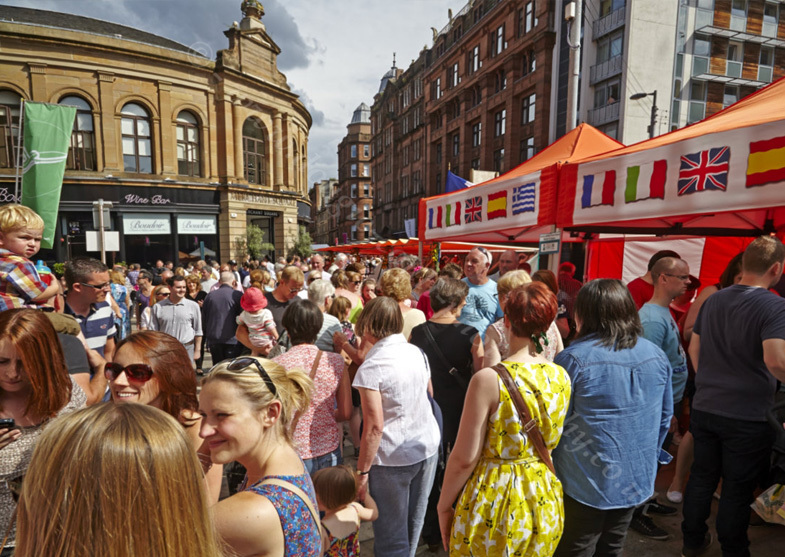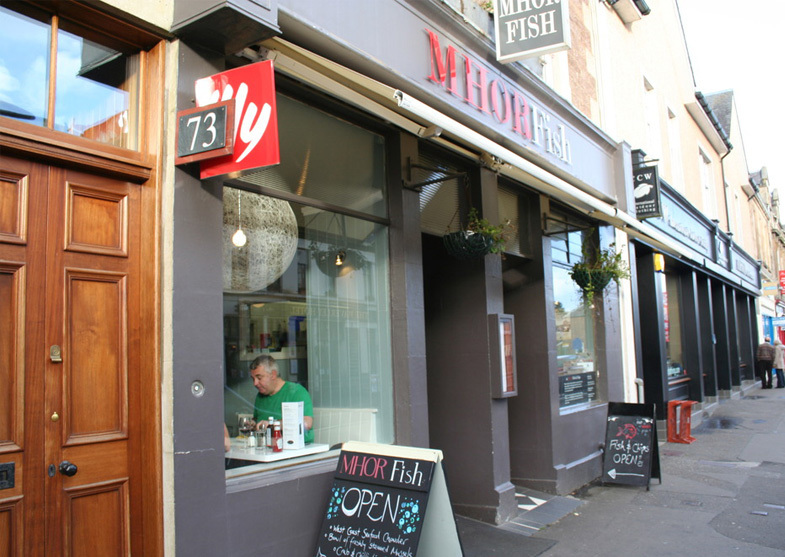
There has been a much documented decline in town centre economic health in recent years. This has been attributed to a variety of things, much of which is to do with our changing habits as technology and mobility mean the traditional necessity to go to town centres has all but gone. What is less clear is how town centres can adapt to respond competitively to the changed world we live in. In order to continue to be a physical and civic heart for a place, town centres must now respond to choice rather than need in order to thrive in the way that we all would like them to.
The Scottish Government released a Town Centre Action Plan in November 2013, in response to the National Town Centre Review July 2013. The Review and the Action Plan were prompted by the need to address a general decline in town centre performance in recent years. What is universally acknowledged is that there are a range of issues and circumstances affecting struggling town centres. What is less clear is how to go about reversing this trend. Well functioning town centres are vital to healthy local economies and communities, but perhaps in a changing world, there needs to be a shift in how we see them, how they are used and how they are supported.
7N with a team of fellow consultants were selected to create a Town Centre Masterplanning Toolkit, one of the actions in the Action Plan.
“We will develop a Master-Planning Toolkit, specific to town centres, that includes guidance on specific transport and design details, focusing on the development of quality, accessible public realm and the use of town assets.”
The immediate challenge, the one which pervaded the entire process, was how to create something that was useful, engaging and effective, while addressing the wide range of issues affecting town centres and also appealing to a broad audience of various stakeholders who for one reason or another have in interest in their local town centre. The team took it back to first principles. People now have greater choice than ever before in where they spend their time. We often don’t need to go into a town centre anymore. So what would make us choose to go and spend longer there? And how can a place that was once dependent on necessity, now change to become responsive to choice?
“ People now have greater choice than ever before in where they spend their time. We often don’t need to go into a town centre anymore. So what would make us choose to go and spend longer there? And how can a place that was once dependent on necessity, now change to become responsive to choice?”
The thing that Town Centres can capitalise on is that we will always depend on physical social interaction for our wellbeing. Town Centres need to improve what they offer to encourage us to want to spend time there with other people. The Toolkit breaks this down into three distinct but intertwined qualities - Active, Attractive and Accessible. Active places attract people. Attractive places encourage them to spend more time there. And Accessible places are easy to get to.
The most successful initiatives will be the ones that are multi-faceted and take elements from two or three of these qualities. For example, it is of no use holding an event in your town square, if everyone finds it difficult to get there. Spending lots of money paving a new public space will be compromised if it isn’t supported by lots of active use on its periphery. So the Making it Happen section suggests ways and means for people to collaborate, look at the big picture and make more with less by combining forces and joint efforts between stakeholder groups. Which leads to the most fundamental challenge moving forward. Town Centres will be dependent on the efforts of people involved, the entrepreneurship of individuals and the synergies that can come from the right people talking to the right people at the right time.
“This leads to the most fundamental challenge moving forward. Town Centres will be dependent on the efforts of people involved, the entrepreneurship of individuals and the synergies that can come from the right people talking to the right people at the right time.”
The Toolkit uses case studies and examples to show current successes, which will hopefully act as a springboard and a prompter to those tasked with managing town centres to create an environment that will let more of these positive initiatives thrive.
The Toolkit is hosted by the Scotland’s Towns Partnership and is currently being used by a variety of organisations to help shape the future of Scotland’s towns.


